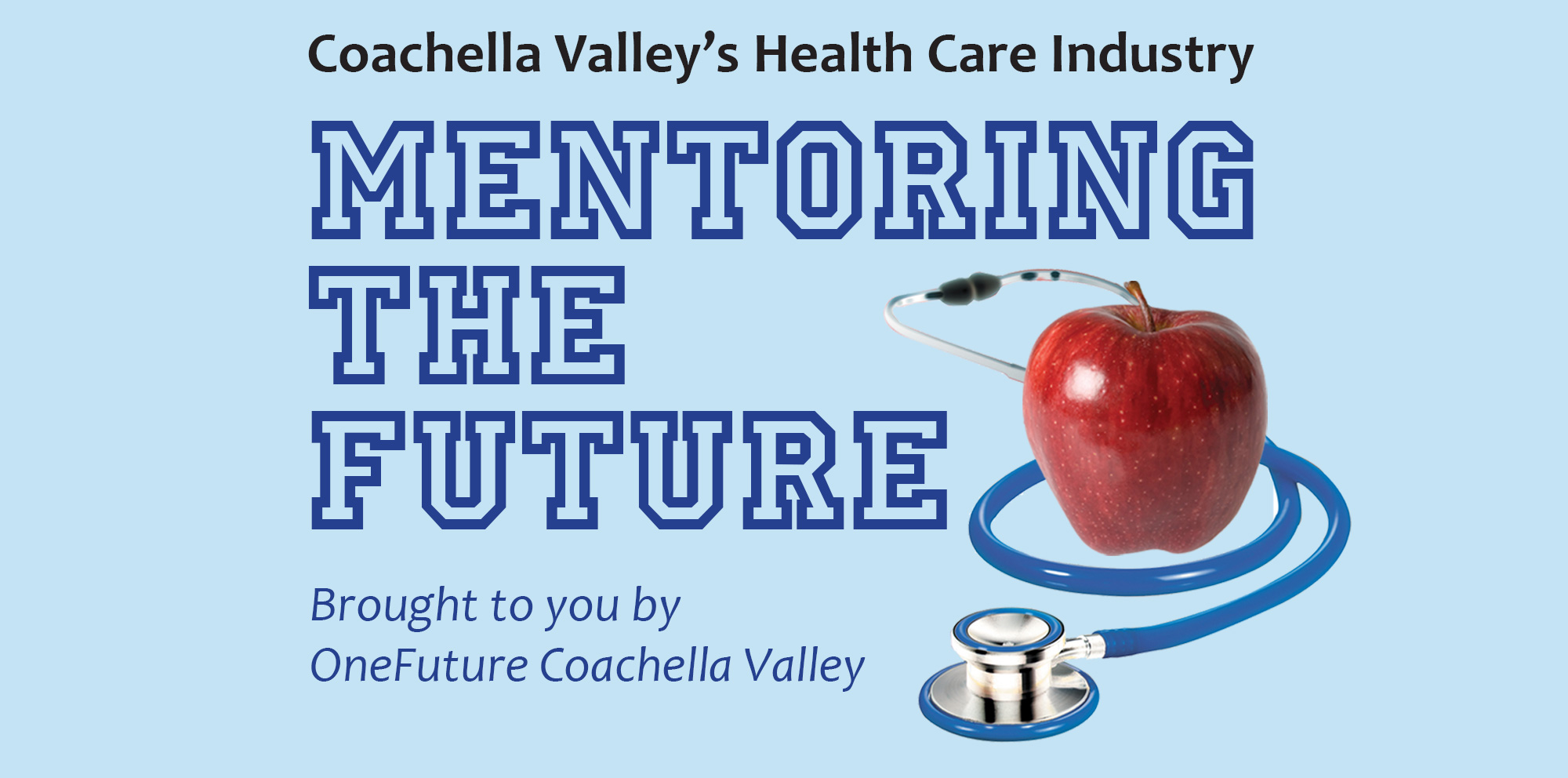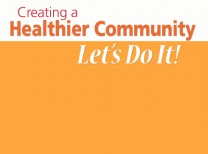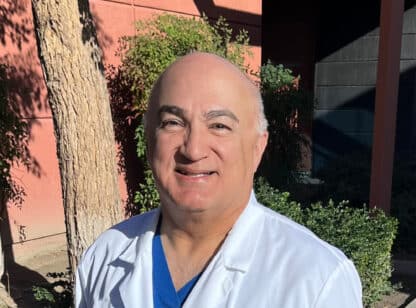As a teacher of multicultural English literature in a high school California Partnership Academy, we explore topics relative to mental health, public safety and current events, including health care and social justice. In the past year, notwithstanding the pandemic, civil rights were an inescapable topic of discussion for my sophomore students.
The 2020-21 school year exposed an epiphany regarding the question about equal treatment versus practice on the streets and in clinical settings across America: nonchalance of care for historically deprived populations is prevalent. These deprived populations, also known as “vulnerable populations,” are those with behavioral health challenges and people of color.
In health care, patients sometimes do not cooperate due to their medical condition or behavioral health complications, including substance abuse, trust or other unexplainable issues, and even combativeness. These patients are frequently misdiagnosed, underdiagnosed or prematurely discharged, only to return in some form, sometimes as interaction with law enforcement. When this happens, a modification of patient management must occur. The patient doesn’t automatically become a suspect – even when the patient may have committed a serious crime. Caregivers are bound by their profession to manage the individual using the most appropriate level of care and restraint. What about law enforcement?
The police have a tough job, frequently requiring split-second decisions, which can be fatal to anyone involved. Law enforcement, and all levels of public safety, must make focused efforts to increase the understanding of skepticism of hope for any outcome other than negative.
The lack of diversity in EMS, fire departments, law enforcement and clinical professions remains an issue yet to be addressed with true commitment. Fortunately, a popular campaign in education and organizations across the U.S. right now is DEI, Diversity Equity and Inclusion. The goal of DEI is to increase underrepresented groups, make education equitable for all, and include individuals normally overlooked. While most agree that the effort makes sense, there are those who dismiss DEI as a short-term band-aid that does little to address the issue.
Sustaining treatment of vulnerable populations as suspects, and not victims, combatants, and not patients, and recipients of services, and not providers of those services, facilitates the stunted growth of a system that must simultaneously identify these deficits while correcting and making a realistic effort to deliver true diversity, equity and inclusion into systems and organizations across the U.S. Anything else will be met with rolled eyes by unaffected populations, and continued frustration and hopelessness of vulnerable populations, rendering future episodes of shocking video footage, followed by protests, then silence (repeat).
We owe it to our students to do what’s right. After all, they are watching.
Moore is lead teacher for the Coachella Valley HS Health Academy and adjunct faculty for College of the Desert with over 20 years of EMS experience. For more information, visit www.onefuturecv.org.















































Comments (0)